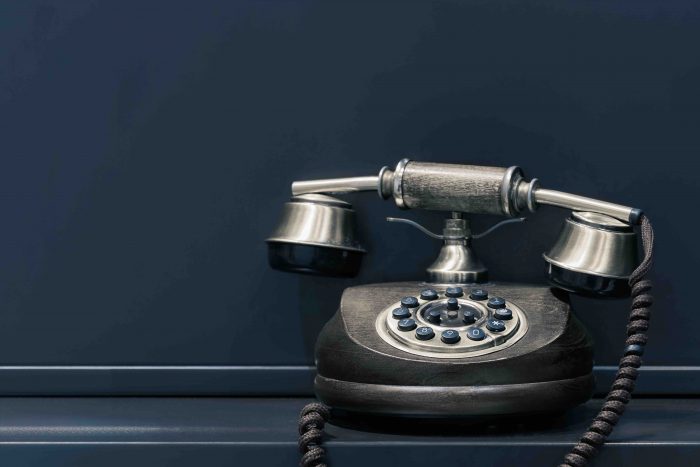
Hands up if your inbox is filled with email newsletters you’ve subscribed to but never read.
Me, too. Dozens of them. Sure, sometimes a subject line will catch my attention and I’ll amble in and take a look, but as often as not they sit there cluttering up my email.
They’re all good newsletters, but they’re not great newsletters. I don’t let out a squeal of excitement when they land in my inbox and put off walking the dog to sit down and read them.
So, how do you make that kind of newsletter? How do you create a must-read email newsletter experience for your audience? There’s no short answer, but these 12 tips will help.
There are a few important questions about your newsletter to consider before you start.
Don’t send a thing to your database until you have answers to these questions. It’s vital to know what business goals you’re trying to achieve; otherwise, how can you measure your success or see where you need to improve?
Research and develop a complete strategy document that outlines your goals and methods for achieving them, who your audience is and what they’re interested in, what your competitors are doing, and what the very best newsletters in the world look like.
Design is important, but it’s not just about making your newsletter pretty. Use a bit of science, too. Design a few different newsletter templates and A/B test the designs with your database. Which version converts best?
To get some ideas, see what has worked for other brands. Obvious visual elements to change include colours, photographs and fonts, but you can also experiment with things like including faces, which has been shown to increase conversion rates.
What information are you including in your newsletter and can your audience get it elsewhere? Including high-quality original content — something exclusive for your reader — is a great way to boost your open rate. Your audience will come to see your newsletter as a “value add” on your usual offering. Keep a calendar of original ideas for newsletter content.

Create snappy subject lines on email newsletters, to encourage your audience to open the email. The right headline can create a sense of urgency, suggest exclusivity, or spark curiosity. Whatever you choose to write in your subject line, make sure the content in the newsletter delivers! A/B test your subject lines to see what works best with your audience.
Is receiving your newsletter a club people want to join? Getting your content, tone of voice, and language right can make your readers feel special. Make sure they feel like you’re speaking directly to them.
People won’t open your email to be hit with a hard sales message. In fact, they’re likely to unsubscribe. Giving them something of value they want, for nothing, builds loyalty and encourages brand advocacy.
Don’t bounce around from one topic to another. When you do, you water down your message, risk your audience missing your call to action, and make your newsletter look cluttered and unappealing.
Keep any text relatively short. Don’t drone on and on. People are busy. They won’t appreciate you taking too long to get to the point.
Does your reader know what to do next? It’s one thing to make your newsletter a must-read part of someone’s week, but if you don’t tell them what to do next, it won’t help you achieve your business goals.

Always run your newsletter through your quality control process! Poor grammar and spelling make a bad impression and will lead to people unsubscribing from your email newsletter. That could cost you customers and income.
FURTHER READING: 7 reasons you need a proofreader
People have all sorts of advice and opinions about the best time and day to send a newsletter. The trouble with this advice is the minute it is recommended, everyone uses it and it becomes less effective. The best thing to do is test times for yourself. Audiences are different. See what works for yours. Once you’ve worked it out, try to be consistent (at least in terms of day, if not time).
Frequency is important, too. Will your audience ignore one email a week but open one every second week? Do they respond better to monthly newsletters?
Email lists are, to some extent, self-cleaning. Don’t worry if a few people unsubscribe — it’s better to lose people who aren’t engaging with your newsletter than to keep landing in their inbox, remaining unopened, and having them grow to resent your brand.
Of course, if you suddenly have a large number of unsubscribes, then something has gone wrong – and you need to find out what it is!
Look at your open rate and your A/B testing data. What worked and what didn’t? You can always resend the newsletter to those who didn’t open it, with a new subject line, and see if you have more success.
Dive deep to find what subject lines are successful and what click-throughs worked and what didn’t. That’s valuable information to help you create your next email newsletter.
Do you need help writing an effective email newsletter? The team at Typeset have been helping brands create winning newsletters for a long time. If we can help you, get in touch.
